Best Earth Images of the Week - March 9, 2012

Lighting, Clouds, Sharks and More
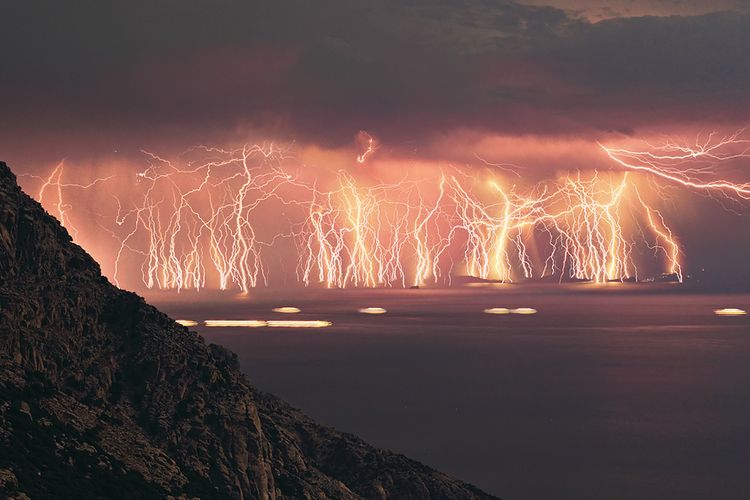
Hatching eggs, record-setting ocean dives and amazing shows in the sky. These are just a few of the photos we picked for this week.
Check these out.
Webcast Condor Cam
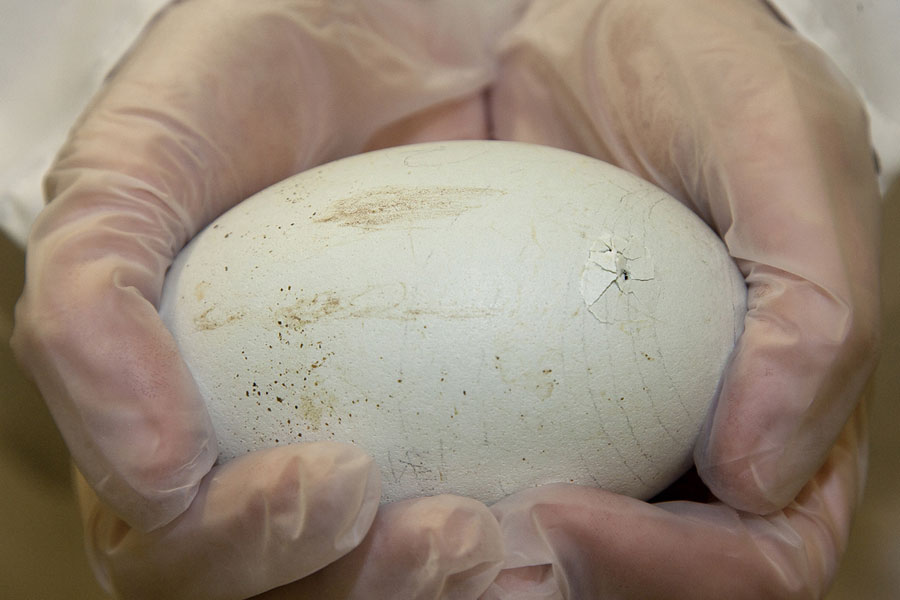
A California condor chick is ready to hatch at the San Diego Zoo and anyone who want to see it can watch live via webcam.
The zoo's Condor Cam (http://www.sandiegozooglobal.org/video/condor_cam ) gives the public the first-ever opportunity to see this process -- usually only witnessed by zookeepers and wildlife biologists -- live. You can also see parents Sisquoc and Shatash taking turns incubating the egg.
[Full Story: Watch Condor Chick Hatch on Webccam]
Eco-Tourism Aids Sharks
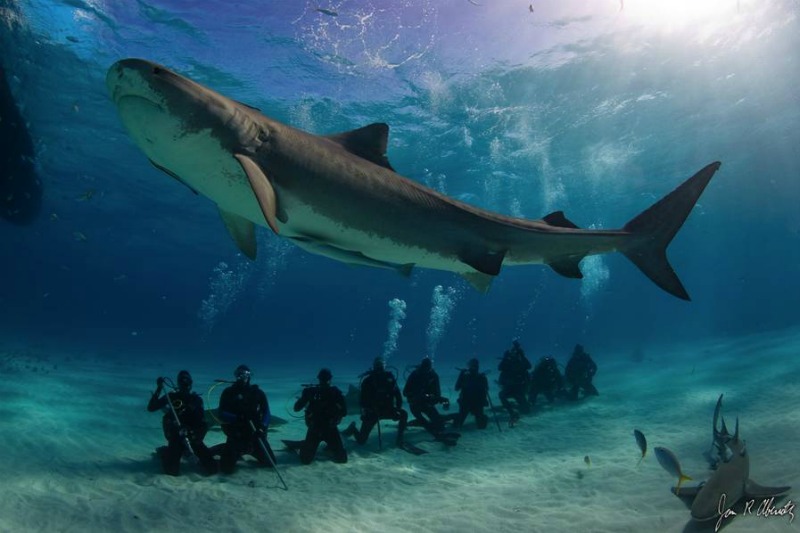
Imagine swimming in crystalline ocean waters shot through with sunlight when one of Earth's most notorious predators swims into view a very close view.
Such pulse-quickening encounters are, in fact, the whole point for visitors to Tiger Beach, an idyllic spot in the Bahamas where eco-tourists can get up close and personal with tiger sharks indiscriminate eaters known to devour everything from sea turtles to kegs of nails (and occasionally a few unlucky humans).
One of a few concerns is that all the free food might disrupt the sharks' natural wanderings, and artificially limit their movements to areas close to tourist sites. Since sharks are apex predators a bit like the Godfathers of the ecosystem and keep potentially disruptive ecological usurpers in check, such a change could have negative effects.
[Full Story: Eco-Tourism May Be Good News for Sharks]
Sights Set for Deepest Dive
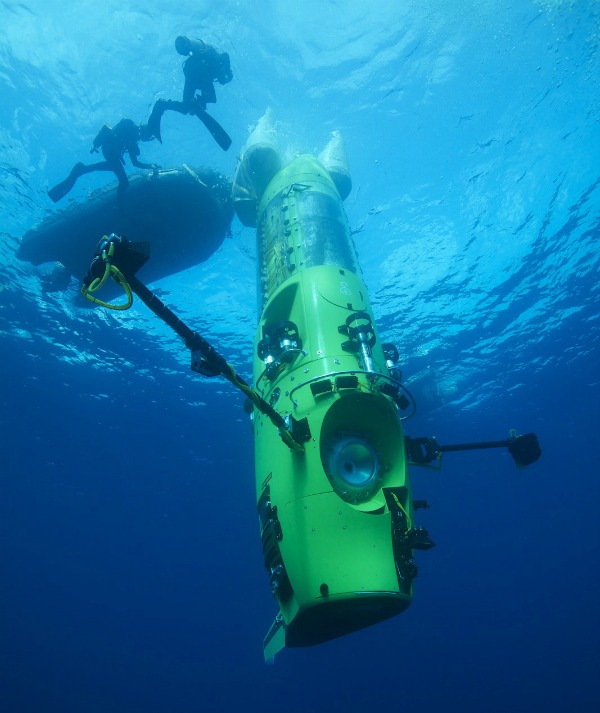
Filmmaker and explorer James Cameron has unveiled plans to visit the deepest place on planet Earth in the coming weeks, aboard a state-of-the-art, deep-diving craft built beneath a veil of secrecy in Australia.
If successful, the dive will mark only the second time that humans have ever visited the bottom of the Mariana Trench, some 7 miles (11.2 kilometers) beneath the surface of the Pacific Ocean.
Cameron plans to spend six hours at the bottom of the Pacific Ocean trench, which lies about 200 miles (322 km) southwest of Guam, to collect samples for research in marine biology, microbiology, astrobiology, marine geology and geophysics.
[Full Story: 'Avatar' Director James Cameron to Attempt Deepest Dive]
Guessing Game
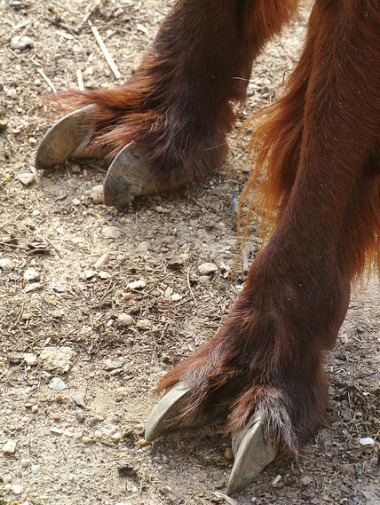
These are not the feet of a mythical beast featured in the pages of a Harry Potter book.
The luxurious fur and claw-like toes belong to an animal that needs both for its high-mountain lifestyle: an alpaca.
[Full Story: Photo: Who's Feet Are These?]
Seeing Spots
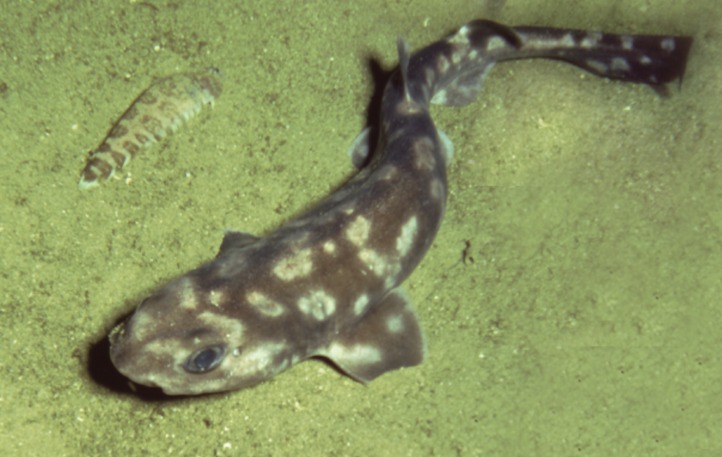
Scientists have announced the discovery of a new species of spotted, bottom-dwelling shark near the Galapagos Islands, where astonished researchers saw it from a submersible.
The newly named species, Bythaelurus giddingsi, is a kind of catshark. Such animals had never been seen near the famed Eastern Pacific archipelago until researchers descended some 1,600 feet (500 meters) to the ocean floor.
[Full Story: Spotted Shark Discovered Near Galapagos]
Bizarre Creatures of the Deep
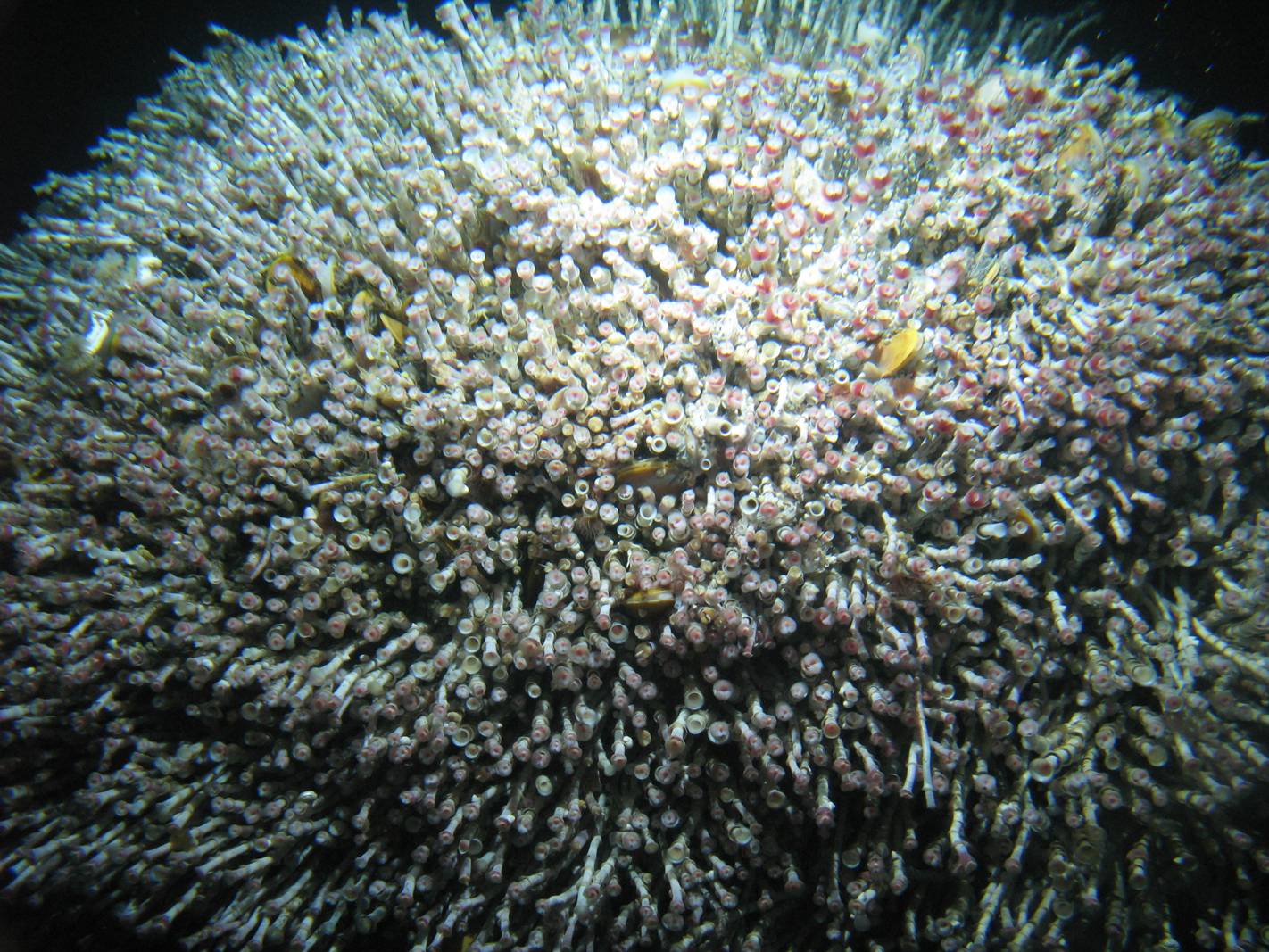
Scientists have discovered a strange and rare hybrid site in the deep sea where two extreme seafloor environments exist side by side, and are home to a parade of weird hybrid creatures seemingly adapted to the hardships posed by both intense environments.
Researchers discovered hydrothermal vents and cold methane seeps in a swath of the the deep sea off Costa Rica in 2010, and found a host of unknown species living there.
[Full Story: Bizarre Hybrid Deep-Sea Creatures Discovered]
Get the world’s most fascinating discoveries delivered straight to your inbox.
Intensity at Ikaria Island

A lucky photographer captured an amazing photo of an intense lightning storm over Ikaria Island, Greece.
Photographer Chris Kotsiopoulos had set out to document the total lunar eclipse on June 15, 2011, but he got more than he bargained for.
"This was an extraordinary storm that took place the night of the total lunar eclipse," Kotsiopoulos told OurAmazingPlanet. "The night started ideally as I managed to capture the lunar eclipse and some lightning at the same shot. After the end of the eclipse I noticed that the storm was insisting."
[Full Story: Zap! Amazing Lightning Photo Captured]
Totally Tubular
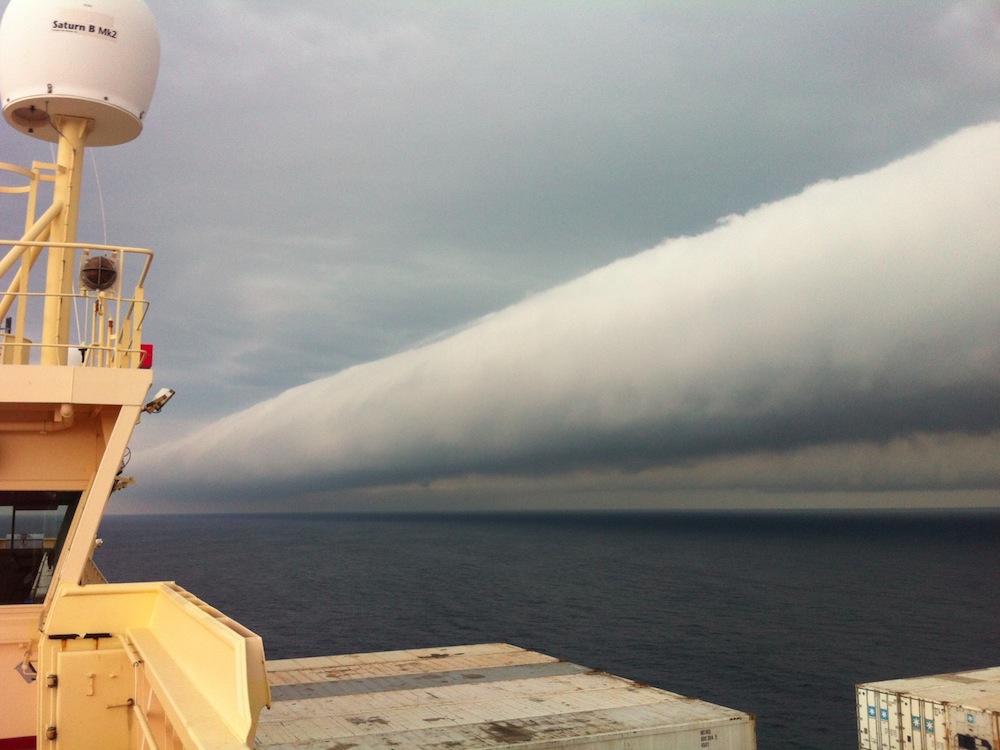
A photo taken near Brazil captures a rare and beautiful "roll cloud," a tubular cloud that seems to tumble across the sky.
The spectacular photo, captured last month, was just released by NASA's Earth Science Picture of the Day blog.
Roll clouds aren't dangerous in themselves, though, and many roll clouds form in relatively calm weather as a result of sea breezes. One of the most famous spots for these coastal roll clouds is off the coast of Queensland, Australia, where the so-called Morning Glory roll cloud forms regularly in fall months.
This roll cloud photo was taken by Capt. Andreas M. van der Wurff from a ship en route from Paranagua, Brazil, to Montevideo, Uruguay, on Feb. 6.
[Full Story: Photo: Giant Tubular Cloud Rolling Across the Sea ]



